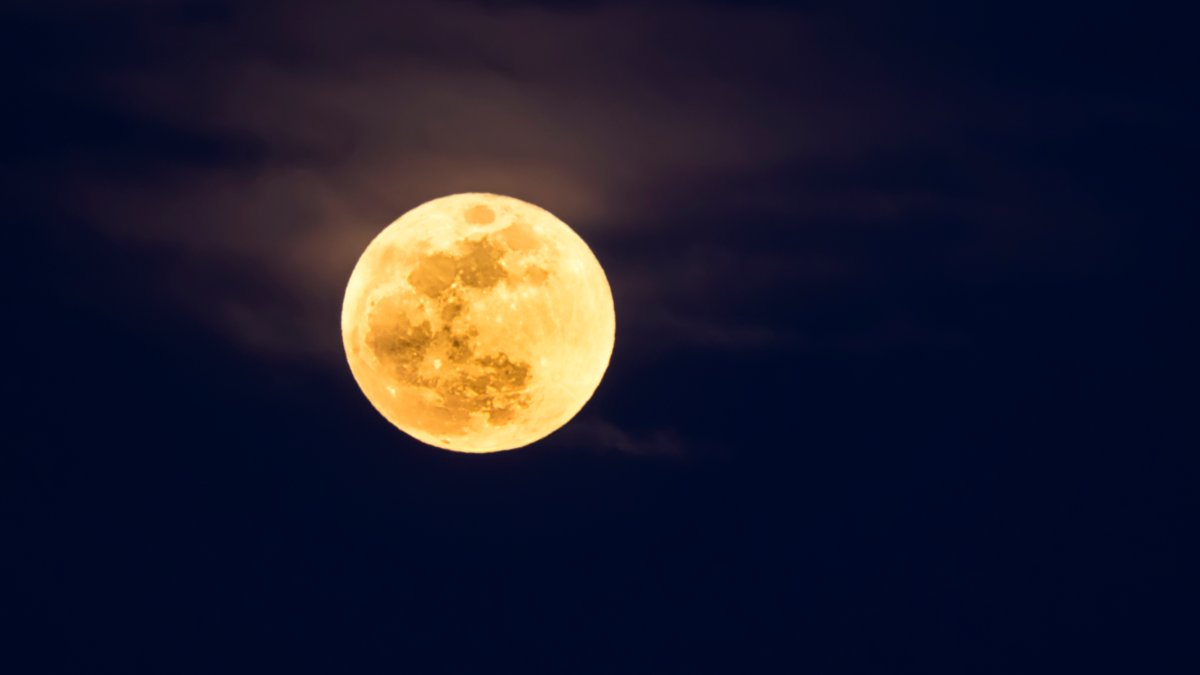The time for the Harvest Moon is nearly here, and this one will be unusual for not one but two reasons.
The Harvest Moon — the full moon closest to fall equinox — is set to rise Tuesday, Sept. 17. This year though, it will also be supermoon, and it will be partially eclipsed.
And two weeks after that, the moon will cast its shadow on the Earth in an annual solar eclipse.
Here’s how all that breaks down.
Harvest Moon Supermoon followed by Fall Equinox
This year’s Harvest Moon will also be a supermoon; meaning the moon will be closest to Earth in its elliptical orbit. When it rises Tuesday, it will be 222,000 miles away from Earth.
On the other side of its orbit, the moon is roughly 252,000 miles away.
At 7:44 a.m. Sept. 22, the autumnal equinox will occur, making the beginning of fall in the Northern Hemisphere.
“The word equinox means equal night—meaning night and day are roughly the same amount of time,” the Adler said.
Partial Lunar Eclipse
Conditions might be clear enough to view Tuesday’s partial lunar eclipse from the Chicago area. That being said, this will not be a remarkable lunar eclipse.
Most of the eclipse will be in the earth’s “penumbra”, or outer shadow, which means the moon will just look slightly darker. The inner shadow, or “umbra”, will create the partial lunar eclipse as it crosses the top right corner of the moon around 9:45 p.m. So if you want a quick glimpse, the best time to take a look will be between 9:40 p.m. and 9:50 p.m. Tuesday.
Solar Eclipse
A solar eclipse always follows or precedes a lunar eclipse by two weeks. Many don’t realize how common these are because the moon casts only a small shadow on earth that usually only a fraction of the planet gets to see. Lunar eclipses are visible just about everywhere it’s nighttime.
It’s worth noting this annual solar eclipse is not a total eclipse like we saw in April earlier this year.
It’s an annular solar eclipse, which means the moon will not entirely block out the sun. This also means there is no safe time to remove solar eclipse glasses; they must stay on the entire time you’re viewing the eclipse.
So where can we see it?
The only state in the U.S. to get a view will be Hawaii. Those in Hawaii will be able to see the beginning of the eclipse as the sun is rising. About half of the sun will be blocked by the moon at its peak from Hawaii. Sunrise time is 6:23 a.m. local time, and the maximum (partial) eclipse seen from Hawaii will be at 6:46 a.m.
The moon will fit inside the sun’s disc completely in a narrow line mostly over the south Pacific Ocean. The annular eclipse does cross over south Chile and Argentina.
Next total eclipse visible from Chicago
We won’t be able to see a total eclipse in the U.S. until 2044 and 2045, and we won’t see a total solar from Chicago until Sept. 14, 2099.
But the next total lunar eclipse, or “blood moon,” visible from Chicago will be the night of March 15, 2025. The total eclipse (when the moon turns red) will last nearly an hour, and the eclipse from start to finish will be from around 11 p.m. until 5 a.m.
